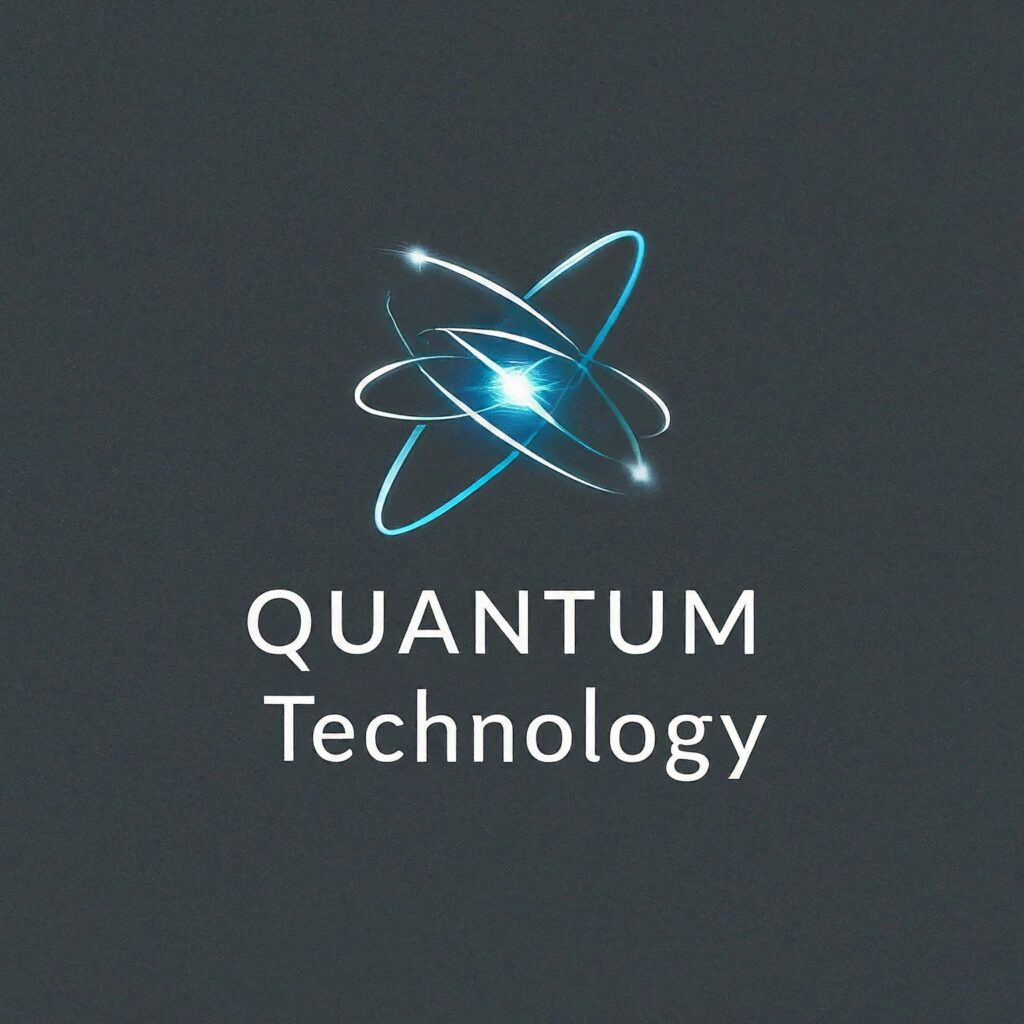In an era where computational limits constrain tomorrow’s breakthroughs, a pioneering review by Alessia Ciacco, Francesca Guerriero, and Giusy Macrina (published February 25, 2025, in Soft Computing) illuminates a bold frontier: quantum algorithms offering transformative change in medicine, finance, and logistics qtech4u.in.
Medicine: From Pattern Recognition to Personalized Healing
Quantum computing isn’t just a theoretical marvel—it’s beginning to make real strides in healthcare. Emerging algorithms are being harnessed to elevate medical imaging, data classification, and drug discovery:
-
Medical Image Analysis and Diagnostics: Quantum machine learning tools, such as quantum neural networks and quantum-enhanced pattern recognition, are showing promise in unearthing disease signals invisible to classical processors. Early cancer detection and imaging diagnostics could soon get a precision boost MDPIFrontiers.
-
Genetic and Clinical Data Classification: In classification tasks involving complex clinical datasets, quantum techniques have demonstrated improved accuracy—highlighting their future role in refining diagnostic workflows qtech4u.inFrontiers.
-
Drug Discovery and Molecular Modeling: Promising prototypes already use quantum variational algorithms and quantum-inspired generative models to explore protein-ligand interactions and uncover novel molecular structures—but typically in simplified or simulated settings for now academic.oup.comqtech4u.in.
While still nascent and largely exploratory, these developments reflect a trajectory where quantum-enhanced medicine could yield more accurate diagnoses and personalized therapies—once hardware scales and error mitigation mature.
Finance: Accelerated Strategies and Quantum-Safe Transactions
The financial industry, deeply reliant on algorithmic efficiency, is eyeing quantum computing as a powerful strategic lever:
-
Risk Management & Portfolio Optimization: Quantum algorithms—like quantum Monte Carlo and optimization routines—have demonstrated theoretical speedups for complex risk calculations, enabling more agile, data-rich forecasting and portfolio rebalancing ResearchGateSpringerOpenarXiv.
-
Fraud Detection and Transaction Processing: The vast capabilities of quantum machine learning are being considered for real-time anomaly detection, offering a potential edge in safeguarding financial ecosystems against fraud and systemic shocks MediumarXiv.
-
Quantum-Resistant Security: With quantum’s threat to current cryptography, the rise of quantum-safe protocols—like quantum key distribution and post-quantum blockchain—is a critical financial safeguard ResearchGateSpringerOpenWikipedia.
Despite optimism, the financial world recognizes the practical hurdles—chiefly hardware constraints and error-prone architectures remain, meaning full-scale quantum deployment is likely several years out. Yet, the lure of faster trade, sharper analytics, and stronger security makes early exploration worthwhile.
Logistics: Smarter Supply Chains, Real-Time Routing
Logistics operations thrive on efficiency, adaptability, and speed—areas where quantum algorithms are beginning to shine:
-
Routing and Production Scheduling: The Quantum Approximate Optimization Algorithm (QAOA) and quantum annealing have demonstrated tangible gains in vehicle routing and job-shop scheduling—along with diminished travel or production lead times and lower costs MDPIqtech4u.inQuantum Zeitgeist.
-
Inventory and Demand Forecasting: Quantum-inspired algorithms have improved forecasting accuracy, reduced stockouts, and kept inventory lean—bolstering operational agility across supply networks MDPIqtech4u.inMediumMeegle.
-
Hybrid Quantum-Classical Approaches: Most current solutions use hybrid architectures—leveraging classical optimizers to refine quantum results, yielding near-term returns while hardware matures MDPIPostQuantum.com.
Even small enhancements—like a 1–2% improvement in route efficiency or throughput—translate into mega cost savings and resilience, drawing strong interest from logistics giants even today PostQuantum.com.
A Unified Vision: Hurdles, Hybrid Strategies, and Scaling to Reality
A recurring theme across these sectors is hybrid approaches—the strategic pairing of quantum and classical computing. Whether for diagnostics, finance analytics, or supply-chain optimization, this blending allows for immediate, measurable gains while waiting for full-scale, fault-tolerant quantum machines MDPIqtech4u.in.
Yet, the path ahead is not frictionless. Key concerns include quantum hardware reliability, error correction, qubit scalability, integration with classical systems, high development costs, and talent scarcity qtech4u.inMDPI. Overcoming these will require concerted efforts—from academia, industry, and policy makers alike—to build supportive infrastructure and accelerate innovation.
Looking Forward: Timing the Quantum Revolution
The review’s insights indicate two parallel timelines:
-
Near Term: Experimental and hybrid quantum-classical tools begin delivering incremental optimization, improved diagnostics, and sharper financial models in pilot environments and labs.
-
Mid to Long Term (~2030 and beyond): With advancements in error correction and qubit scaling, fully fault-tolerant quantum computers could unlock deep disruptions—at speeds and scales classical machines simply can’t match.
So, while quantum hasn’t yet transformed mainstream industries, this foundational review demonstrates that its tentacles are already reaching deep—setting the stage for a technological leap that could redefine medicine, finance, and logistics in the next decade.
Final Thoughts
The Ciacco–Guerriero–Macrina review is more than an academic summary—it’s a blueprint for change. From detecting early-stage diseases and accelerating drug pipelines, to refining financial risk modeling and securing digital assets, to optimizing global logistics—quantum algorithms may soon be the unsung engine behind major societal progress.
The quantum revolution may not be around the corner; it’s already peeking through it. The challenge now is ensuring that the potential unveiled in labs and simulations translates into tangible benefits—merging quantum’s promise with practical execution for a future that’s faster, smarter, and safer.
